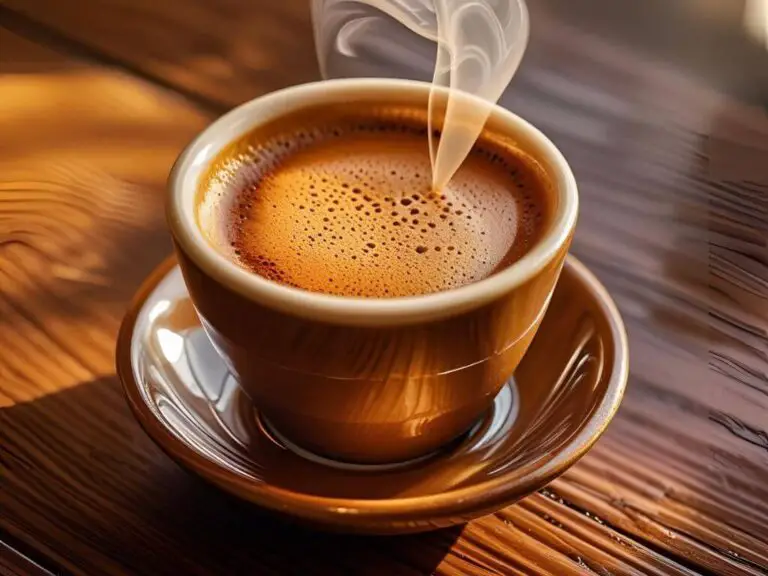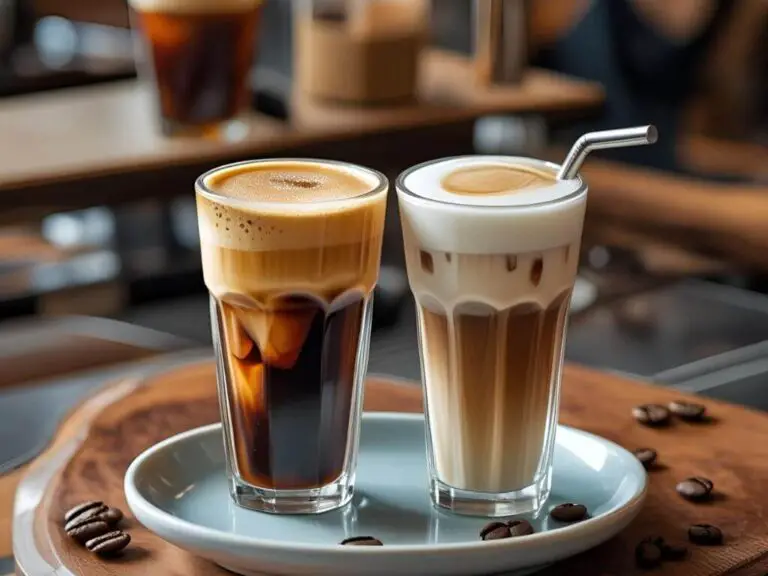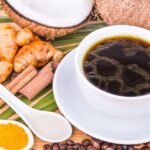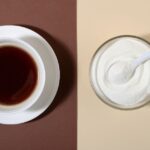How to Make Espresso Powder with Simple Ingredients You Already Have
Do you love the deep, rich flavor of espresso in your desserts, rubs, or drinks—but don’t want to rely on store-bought versions? Making espresso powder at home is easier than you think, and the results are fresher, more flavorful, and far more affordable.
Espresso powder isn’t just for baking (though it’s a secret weapon in brownies and tiramisu). It also enhances meat rubs, hot cocoa, and even smoothies. Plus, homemade means no additives—just pure, intense coffee flavor.
In this guide, you’ll learn:
✅ What espresso powder really is (and how it’s different from instant coffee).
✅ Step-by-step instructions for brewing, drying, and grinding it perfectly.
✅ Pro tips to avoid clumps, boost flavor, and store it for months.
✅ Creative ways to use it (beyond the usual desserts).
Ready to become your own coffee alchemist? Let’s dive in!
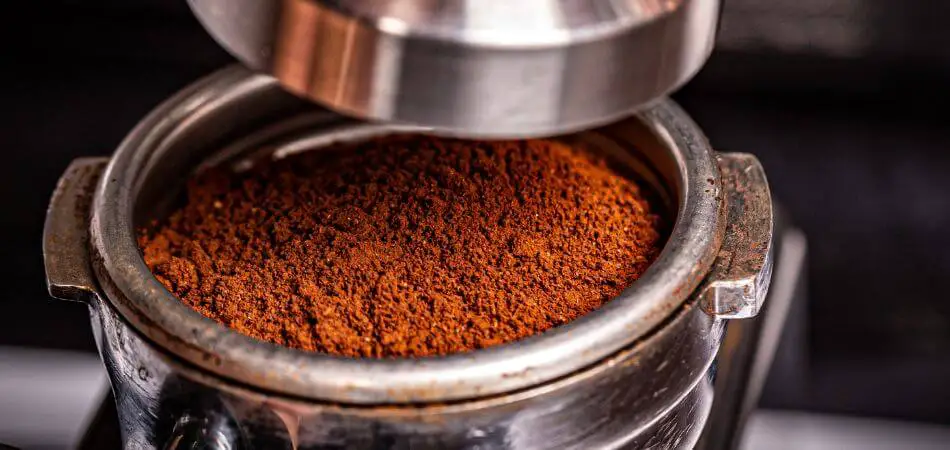
What Is Espresso Powder? (And Why Make It Yourself?)
Espresso Powder vs. Instant Coffee: What’s the Difference?
Many people confuse espresso powder with instant coffee, but they’re not the same:
| Feature | Espresso Powder | Instant Coffee |
|---|---|---|
| Ingredients | 100% ground, dehydrated espresso | Often contains additives & fillers |
| Flavor | Bold, rich, less acidic | Milder, sometimes bitter |
| Texture | Super-fine (like cocoa powder) | Grainy or crystalline |
| Best Uses | Baking, rubs, enhancing recipes | Quick coffee drinks |
Why Homemade Beats Store-Bought
✔ Fresher Taste: Commercial powders lose flavor over time. Yours? Bold and aromatic.
✔ Cost-Effective: Leftover coffee grounds? Use them instead of tossing them!
✔ Customizable: Prefer a smoky dark roast or a fruity single-origin? You choose.
Where to Use Espresso Powder
- Baking: Deepens chocolate flavor in cakes, cookies, and frostings.
- Cooking: Adds a savory kick to steak rubs or BBQ sauces.
- Drinks: Stir into milkshakes, hot chocolate, or even oatmeal.
Pro Tip: A little goes a long way—½ to 1 teaspoon is often enough for a recipe!
What You’ll Need to Make Espresso Powder
Ingredients & Tools Checklist
Before starting, gather these simple supplies:
Coffee Choices
- Best: Freshly brewed espresso (dark roast beans preferred).
- Budget-Friendly Hack: Leftover coffee grounds (fully dried).
Equipment
- Baking sheet + parchment paper (or silicone mat)
- Oven (or dehydrator/air-dry method)
- Blender, coffee grinder, or spice grinder
- Fine-mesh sieve (optional, for ultra-smooth powder)
- Airtight container (glass jar or mason jar works best)
Why Dark Roast Beans?
They have less acidity and more caramelized, bold flavors—perfect for powder.
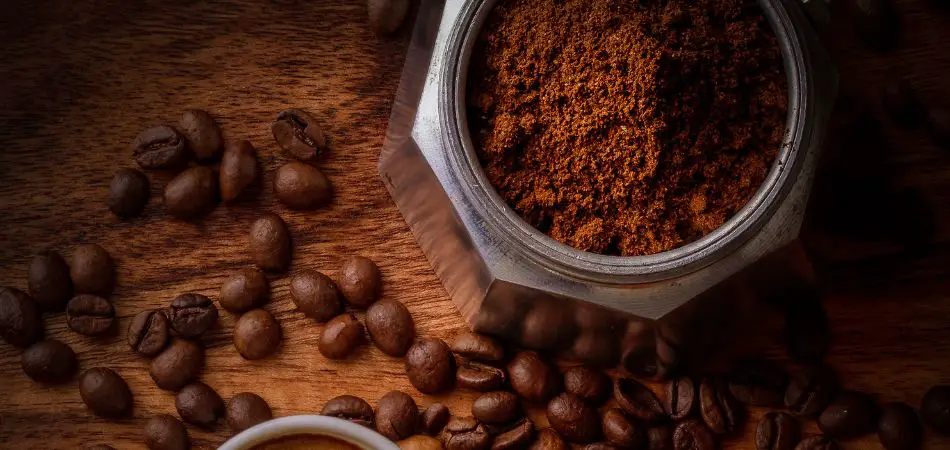
Step-by-Step Instructions for Making Espresso Powder
1. Brew Strong Espresso or Coffee
The foundation of great espresso powder is high-quality, concentrated coffee. Here’s how to get it right:
Best Brewing Methods
- Espresso Machine (Ideal): Produces the most concentrated shot.
- Moka Pot: Makes strong, espresso-like coffee without a machine.
- AeroPress: Use a fine grind and steep for 2+ minutes for intensity.
- French Press or Drip Coffee: Use half the usual water for a stronger brew.
Pro Tips for Maximum Flavor
✔ Use freshly ground beans—pre-ground loses aroma fast.
✔ Dark roast beans (Italian or French roast) work best—they’re less acidic and more chocolatey.
✔ Avoid flavored coffee—it can add unwanted artificial notes.
What if you don’t have an espresso machine? No problem! Strongly brewed coffee works—just reduce the water for a more concentrated result.
2. Spread & Dry the Coffee
Once brewed, you need to remove all moisture to prevent mold and clumping.
Two Easy Drying Methods
| Method | How To | Time | Best For |
|---|---|---|---|
| Oven Drying | Spread wet grounds on a parchment-lined tray. Bake at 200°F (95°C) for 1-4 hours, stirring occasionally. | 1-4 hrs | Fastest, most reliable |
| Air Drying | Spread in a thin layer on a tray. Leave in a warm, dry spot (near a window or oven vent). Stir occasionally. | 12-48 hrs | No oven needed |
✔ How to Tell When It’s Dry:
- The grounds should crumb easily (no moisture left).
- They’ll feel light and brittle, not sticky.
Can I use leftover coffee grounds? Yes! Skip brewing—just spread used grounds and dry them.
3. Grind Into a Fine Powder
Now, turn those dried coffee bits into ultra-fine espresso powder.
Grinding Options
- Coffee Grinder (Best) – Gives the finest, most consistent texture.
- Blender/Food Processor – Works but may need extra sifting.
- Mortar & Pestle – For small batches (great for control).
Pro Tips for Perfect Texture
✔ Pulse in short bursts to avoid overheating.
✔ Sift through a fine-mesh strainer for baking-grade smoothness.
✔ Too coarse? Re-grind until powdery.
Why does texture matter? A fine powder blends seamlessly into recipes without grittiness.
4. Storing Your Espresso Powder
To keep it fresh and flavorful:
Storage Do’s & Don’ts
✅ Do:
- Store in an airtight glass jar (keeps moisture out).
- Label with the date (lasts 3-6 months at peak flavor).
- Keep in a cool, dark place (like a pantry).
❌ Don’t:
- Use plastic bags (they trap moisture).
- Refrigerate (can cause condensation).
What if it clumps?
- Re-dry in the oven at 200°F for 15-20 mins.
- Re-grind if needed.
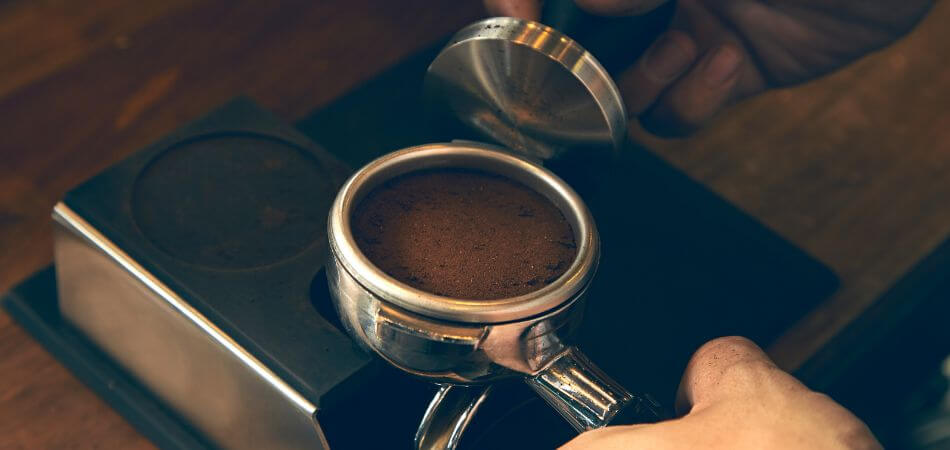
Creative Ways to Use Espresso Powder
Now for the fun part—how to put your homemade espresso powder to work!
1. Baking & Desserts
- Chocolate Recipes (brownies, cakes, cookies) → Enhances richness.
- Tiramisu → Authentic coffee flavor without liquid.
- Whipped Cream or Frosting → Adds a subtle mocha kick.
How much to use? Start with ½ to 1 teaspoon per recipe.
2. Savory Dishes
- Coffee-Rubbed Steak → Mix with salt, pepper, and smoked paprika.
- BBQ Sauce → Adds depth and umami.
3. Drinks
- Hot Chocolate → Mocha upgrade in seconds.
- Smoothies → Balances sweetness with coffee notes.
Conclusion: Your Homemade Espresso Powder Awaits!
Now you know how to make espresso powder at home—fresher, cheaper, and tastier than store-bought. Whether you’re baking, cooking, or mixing drinks, this DIY staple upgrades every recipe.
Ready to try it? Whip up a batch today and tag your creations with #DIYEpressoPowder—we’d love to see what you make!
FAQs
What is espresso powder and how is it made?
Espresso powder is a concentrated form of coffee made from darkly roasted coffee beans that are ground, brewed, dried, and then finely ground into a powder. It’s more concentrated than instant coffee and is primarily used to enhance flavors in baking rather than for drinking.
Why is my espresso powder bitter?
Over-extracted coffee (brewed too long).
Burnt during drying (oven too hot).
Fix: Next time, shorten brew time or lower oven temp.
How long does homemade espresso powder last?
When stored properly in an airtight container in a cool, dark place, homemade espresso powder can maintain its freshness and potency for up to 5 months. This makes it a practical and cost-effective option for home bakers.
How much espresso powder should I use in chocolate recipes?
For chocolate recipes, typically 1/4 to 1 teaspoon of espresso powder is sufficient to enhance the chocolate flavor without adding a noticeable coffee taste. For a more pronounced flavor, you can use up to 2 teaspoons. Start with a small amount and adjust according to your preference.

